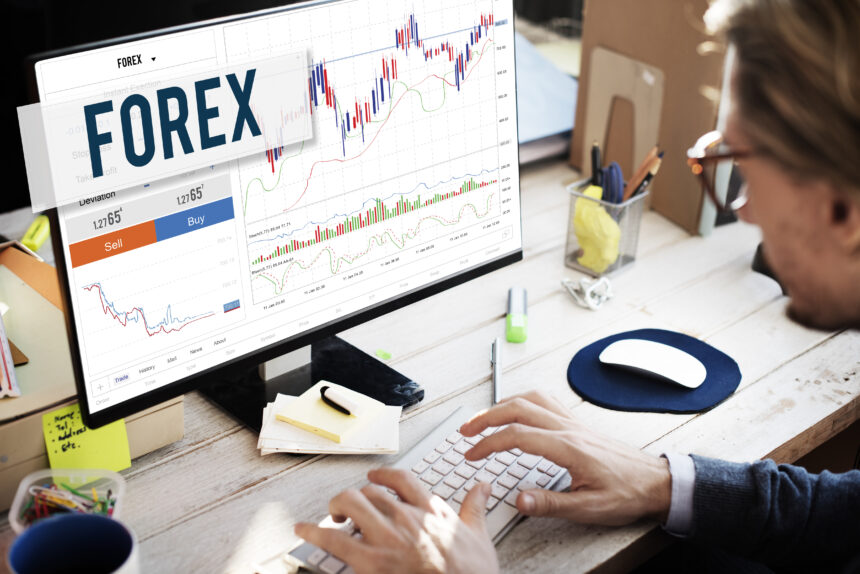Forex trading, also known as foreign exchange trading, has become increasingly popular in South Africa as a means of generating income and expanding investment portfolios. The forex market is the largest financial market globally, with trillions of dollars being traded daily. As a South African trader venturing into this dynamic market, it is crucial to familiarize yourself with the essential forex trading terminology. Understanding these terms will not only enable you to navigate the market effectively but also enhance your overall trading experience. In this article, we will explore some of the key forex trading terms every South African trader should know.
- Pips: A pip, short for “percentage in point,” is the smallest unit of measurement in forex trading. It represents the fourth decimal place in most currency pairs. For example, if the exchange rate of the USD/ZAR pair changes from 15.5000 to 15.5001, it means that the price has moved by one pip.
- Currency Pair: In forex trading, currencies are always traded in pairs. The first currency in the pair is the base currency, while the second currency is the quote currency. For instance, in the USD/ZAR pair, the United States Dollar (USD) is the base currency, and the South African Rand (ZAR) is the quote currency.
- Bid and Ask Price: The bid price refers to the price at which traders can sell a particular currency pair, while the ask price represents the price at which traders can buy the same currency pair. The difference between the bid and ask price is known as the spread, which is the cost of executing a trade.
- Leverage: Leverage allows traders to control larger positions in the market with a smaller amount of capital. It is expressed as a ratio, such as 1:100 or 1:500, indicating the amount of capital a broker is willing to lend to the trader. While leverage can amplify profits, it also magnifies potential losses, so it should be used with caution.
- Margin: Margin refers to the amount of money required by a broker to open and maintain a trading position. It is a percentage of the total trade size. For example, if the broker requires a 1% margin, and you want to trade a position worth $10,000, you would need to have $100 as margin.
- Stop Loss: A stop loss is an order placed by a trader to automatically close a trade when it reaches a specific price level. It is used to limit potential losses by exiting a trade before the losses become too significant. Traders should always use stop loss orders to manage risk effectively.
- Take Profit: A take profit order is the opposite of a stop loss order. It is an order placed by a trader to automatically close a trade when it reaches a specific profit target. By setting a take profit level, traders can secure their profits and exit the trade when the desired profit is achieved.
- Margin Call: A margin call occurs when a trader’s account equity falls below the required margin level. When this happens, the broker may require the trader to deposit additional funds to meet the margin requirements. If the trader fails to do so, the broker has the right to close some or all of the trader’s positions.
- Fundamental Analysis: Fundamental analysis involves evaluating economic, social, and political factors that may influence currency prices. Traders who use fundamental analysis examine indicators such as GDP, inflation rates, employment data, and central bank policies to make trading decisions.
- Technical Analysis: Technical analysis involves studying historical price charts and using indicators to predict future price movements. Traders who use technical analysis analyze patterns, trends, support and resistance levels, and other technical indicators to identify potential entry and exit points.
These are just a few of the essential forex trading terms that South African traders should be familiar with. As you embark on your forex trading journey, take the time to learn and understand these terms and their implications. Forex trading is a complex and ever-changing market, and having a solid grasp of the terminology will undoubtedly contribute to your success as a trader. Remember, continuous learning and practice are key to becoming a proficient forex trader.










